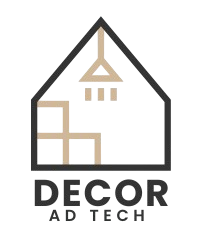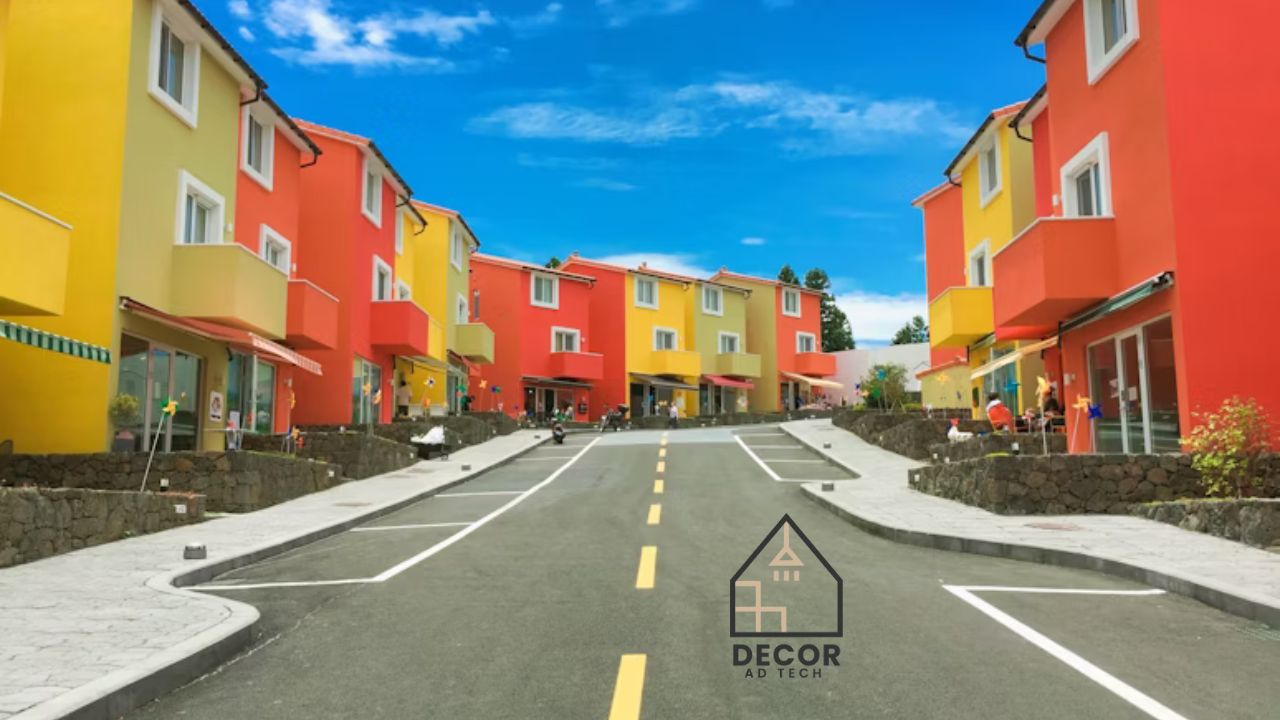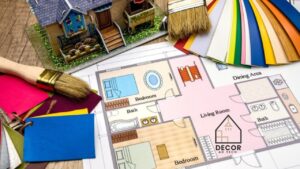When we think about home design, the conversation often focuses on aesthetics, convenience, or the latest smart tech. But there’s a growing movement that prioritizes something deeper: designing homes that serve everyone, especially those who have served us.
Veterans returning to civilian life face a range of challenges, and housing is often one of the most critical. For many, traditional real estate markets don’t account for physical disabilities, mental health struggles, or financial instability. That’s why inclusive housing design and targeted housing assistance programs are more critical than ever.
The Hidden Crisis of Veteran Homelessness
Despite national efforts, tens of thousands of veterans in the United States remain homeless. Factors like PTSD, mobility issues, job instability, and a lack of family support can quickly turn a post-service transition into a housing crisis. Solutions exist, but they need to be more widespread and more integrated into how we think about home design and community planning.
The Department of Veterans Affairs has taken necessary steps, but there’s still a significant gap in execution. In cities with high housing costs, rental assistance programs often don’t stretch far enough. Meanwhile, rural veterans face a different issue altogether: a lack of housing inventory. These systemic gaps reveal why public-private collaboration is essential to scale impact.
Adding to this is the stigma that some veterans face, especially those dealing with visible or invisible wounds of war. Misconceptions about their capabilities or mental health status can result in rental application rejections or housing discrimination. This further complicates their ability to secure stable living arrangements, even when assistance programs are available.
Designing with Purpose
Accessible design isn’t just for commercial spaces or aging homeowners. It’s a critical tool in supporting those who have unique housing needs, including disabled or aging veterans. Thoughtful elements like:
- Zero-threshold entrances
- Wider doorways
- Roll-in showers
- Lever-style door handles
- Soundproofing for PTSD sensitivity
Moreover, incorporating these features doesn’t mean sacrificing style. As DecoradTech often emphasizes, functionality and modern design can (and should) go hand in hand. A minimalist aesthetic, open-plan layouts, and tech-integrated features can support both accessibility and visual appeal.
Smart homes also present a promising intersection between technology and accessibility. Voice-activated lighting, programmable thermostats, and automatic blinds can all help veterans with mobility limitations live more comfortably and independently.
Why Developers and Designers Should Pay Attention
Inclusive housing isn’t just good ethics, it’s smart design. The demand for accessible housing is increasing, not only from veterans but also from aging populations and those with long-term health needs. Builders and designers who think ahead by incorporating these features into new developments can:
- Expand their buyer/renter pool
- Boost resale value
- Meet growing regulatory incentives
It also reflects well on brands and companies that show a genuine commitment to community and social impact.
Architects and builders might also consider working with veteran-focused nonprofits or participating in grant-supported initiatives. Programs like the Specially Adapted Housing (SAH) grant from the VA allow qualifying veterans to finance accessible home modifications, creating opportunities for development firms to partner on projects that serve a meaningful purpose.
Moreover, designers can incorporate sustainable building practices to create homes that are not only accessible but also environmentally friendly. Energy-efficient designs help reduce utility costs, which is particularly beneficial for low-income veterans who may be on fixed incomes. By combining sustainability with accessibility, developers can contribute to long-term quality of life improvements.
The Role of Supportive Housing Programs for Veterans
While design is a foundational element, broader housing stability for veterans often depends on programs that pair housing with case management and wraparound support. Programs like HUD-VASH (the HUD-VA Supportive Housing initiative) are a powerful example. These supportive housing programs for veterans provide rental assistance and critical support services that help keep veterans stably housed.
HUD-VASH doesn’t just offer a voucher; it connects veterans with social workers, mental health providers, and job placement services. This holistic approach acknowledges that housing is a platform, not a solution by itself. When these elements align, veterans are more likely to sustain stable living conditions and reintegrate successfully.
Integrating such programs into local housing plans, especially in real estate developments that are already focusing on inclusivity, creates a strong foundation for long-term success. When builders and designers collaborate with public agencies, everyone wins.
Creating More Than Just Shelter
A home should be more than a roof over one’s head. For veterans who have spent years in high-stress, high-risk environments, a home can be a sanctuary, a place to heal, build new memories, and re-establish a sense of normalcy.
Community features also play a role. Access to green space, walkable neighborhoods, and proximity to healthcare facilities can support both physical and emotional well-being. Including communal spaces in veteran housing projects can help reduce social isolation and build a sense of belonging.
Local governments and private developers can go further by hosting design competitions or incentive programs that challenge architects to innovate around inclusive housing. These initiatives often spark creative, scalable ideas that benefit not only veterans but broader communities facing housing insecurity.
When designers and developers build with veterans in mind, they’re contributing to a larger mission: honoring service not just in words, but in action. By prioritizing inclusivity, we not only meet the needs of a specific group but create a more compassionate, functional world for everyone.
It’s time we stop seeing inclusive design as a niche concept and start recognizing it as the new standard. Because home, after all, should be a place where everyone, especially our veterans, can truly feel safe, supported, and seen.
Admin Recommendation
How to Upgrade My Home Decoradtech
Decoradtech Smart Home Ideas by DecoratorAdvice
DecorAdTech Smart Home Ideas by DecoratorAdvice











